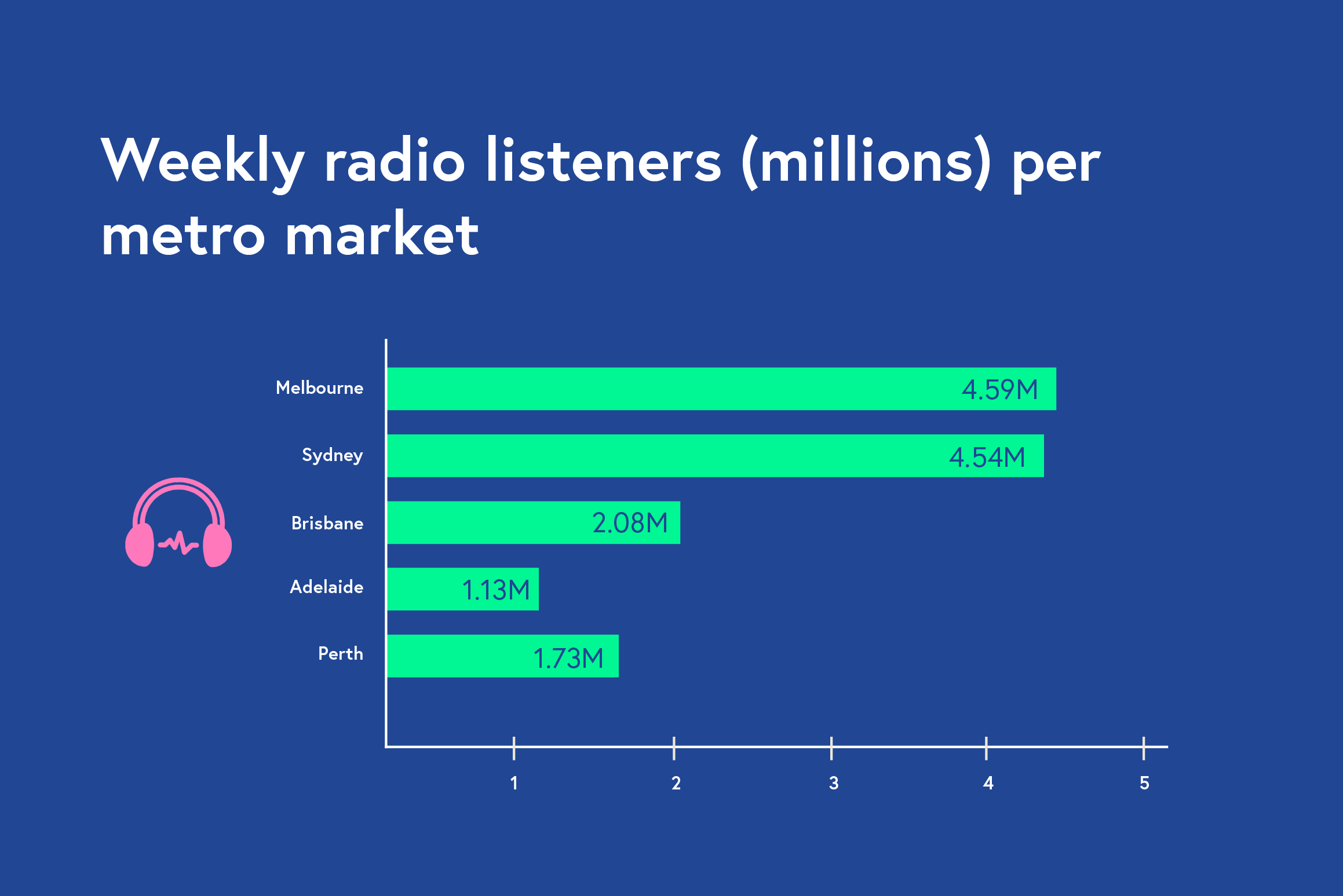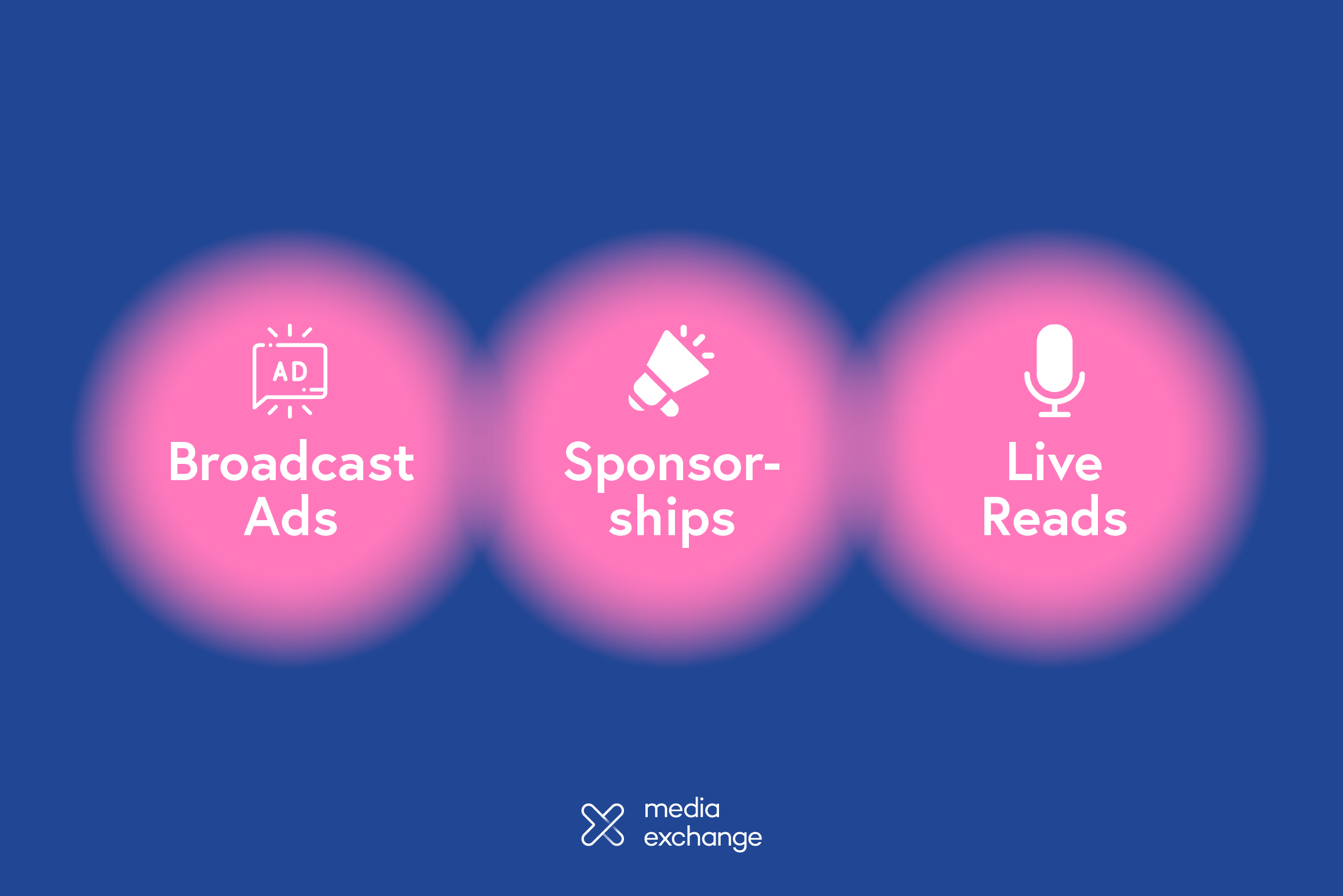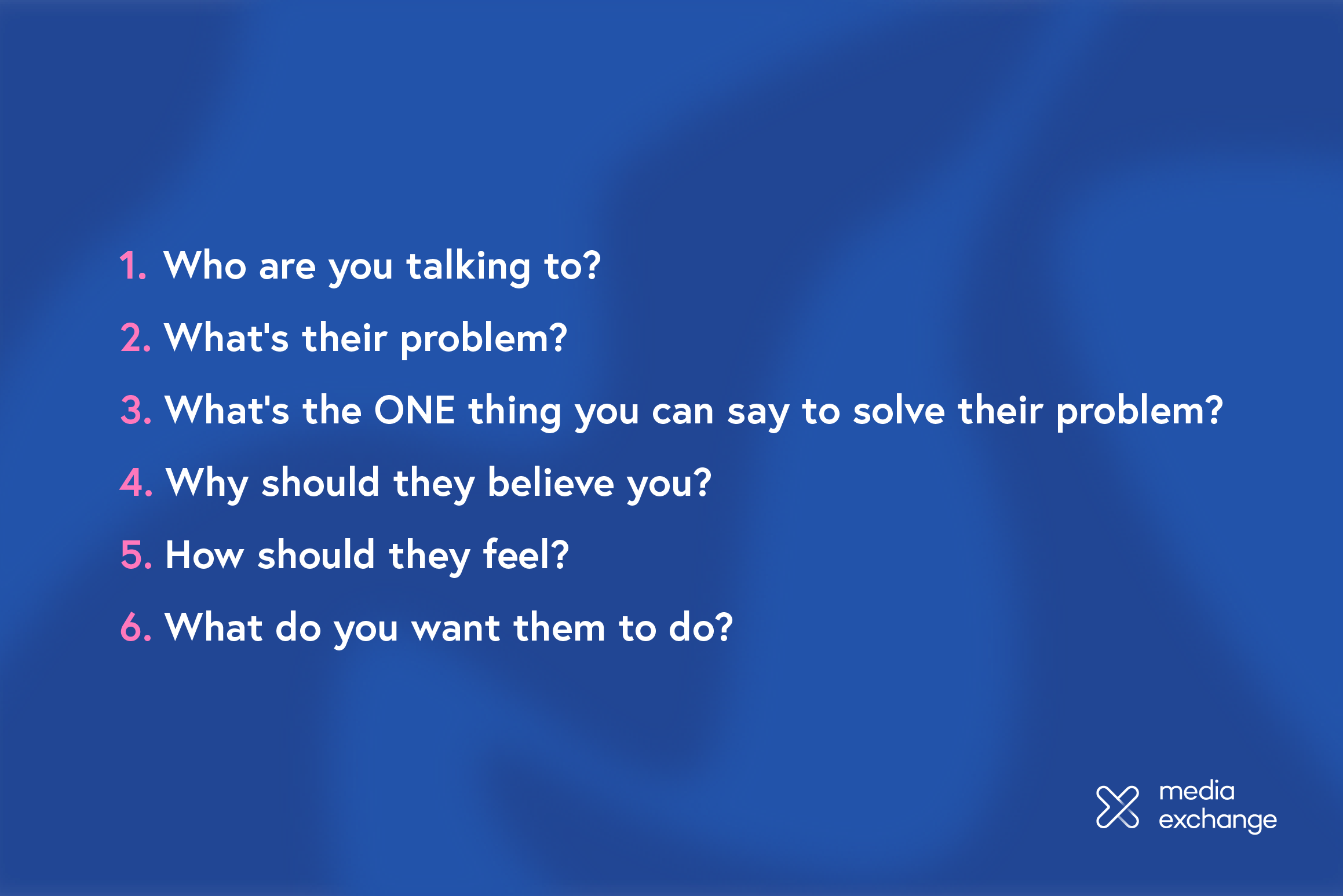People are always listening, and the Australian radio audience continues to grow.
However, the overall audio space has progressively become more cluttered, with more available channels and voices for users to listen to, split across both traditional distribution and newer methods. If you’re considering radio advertising in Melbourne, learn how to get your message out there and make your mark.
What is radio advertising?
Radio advertising is the process of buying airtime (in the form of radio commercials) on radio networks to promote a brand or services and products.
Despite being a more traditional medium, radio is thriving in terms of listeners, providing massive reach, and delivering significant results for advertisers. In a recent independent radio listening survey conducted by GfK at the beginning of 2023, Melbourne had over 4.5 million weekly radio listeners, leading all metropolitan capital cities.

How does radio advertising work?
In the radio industry, there are three main types of radio commercials: broadcast ads, sponsorships and on-air live reads.
Broadcast ads are those pre-recorded radio ads that occur in between music or presenter segments. Often this is where advertisers get to be their most creative, including jingles, stories and testimonials, all collaborating to grab listener attention, engage them and sell your message.
Many radio stations also offer sponsorships for different segments, including the news bulletin, traffic, weather, sports, or even a competition. These may be a bit more subtle, but often also lead to high engagement as these radio moments are when people are actively listening and leaning into the content, as opposed to passively listening.
Finally, a live read is a radio commercial delivered on-air by radio personalities. These ads are built around the loyalty listeners feel to their favourite radio stations; when a radio presenter openly endorses a brand or product, it can persuade consumers to purchase. The relationship listeners have with a presenter is transferred onto the product or brand.

Radio advertising costs
They say that time is money. For a radio ad, air-time certainly is.
Radio advertising is largely a worthwhile investment, offering a unique way to improve the reach and frequency of your brand message. But the exact radio ad cost and the success of your overall radio advertising campaign are dependent on a number of factors:
- Ad length: It makes sense that the longer a radio ad runs, the more you will have to pay for it. Most radio ads are 30 seconds, but you can save money by delivering a punchy 10- or 15-second commercial, or go bold and advertise with a full minute!
- Placement time: The breakfast (5:30 am – 9 am) session is typically the strongest radio station performer. But that popularity comes at a price — radio buyers have to pay a premium for peak competitive time slots. Balancing listeners with ad spend is one of the most important aspects of radio media buying.
- Frequency: How many times do you want your ad heard in a week? More spots will mean more spending, but if you only plan on running your ad a couple of times a week, it might not actually be worth running any at all. As a general guide, for a branding ad strategy, you want listeners to hear your ads at least 3-5 times per week, and for a call to action ad strategy, this needs to be a minimum of 5 times a week.
- Radio station: The most popular radio stations naturally charge a little more, so take time to consider if you can reach your target market with a more niche radio station. Even if you’re sacrificing sheer listener volume, using a station that’s more popular with your demographic will likely have a better payoff.
Check out our Cost of Radio Advertising blog for a more detailed breakdown!
How to measure radio advertising
While there aren’t many robust and finely-targeted radio advertising metrics, we can make inferences about audiences based on listening data, such as the regular radio surveys that are released for each metropolitan capital city and major regional areas. These surveys break down listeners by age and listening time, giving marketers some insight into the best times and channels to place their ads.
If your radio advertising is for a particular product or campaign, try and keep track of how you are performing in terms of sales and revenue. It’s likely that your marketing campaign will include multiple channels, but keeping track will help you see whether your strategies are effective.
Crafting a radio commercial
It’s time to get creative! You don’t have to worry about props or costumes, but your radio advertising scripts do need to create a compelling vision for your market. To create perfect radio commercials and an effective radio campaign, begin by answering these questions:
1. Who are you talking to? Knowing your target audience is key to drafting the right message — they’re the ones you want to act, after all.
2. What’s their problem? No, this isn’t an accusation! Figure out what your audience is struggling with, or what they need a solution for.
3. What’s the ONE thing you can say to solve their problem? Your targets need to know what you can offer them, and why it’s different from your competitors.
4. Why should they believe you? You’re just a voice on the radio — give them a reason to trust your message. Use stats, testimonials, or awards to make it real!
5. How should they feel? This one directs the tone and style of your ad. Your amazing message still needs to be delivered in a way your audience will respond well to.
And finally — the big one:
6. What do you want them to do? Your call to action is what gets people from listening to making a move. Deliver your offer, product or service in a way that makes it impossible not to take the next step.
Once you’ve answered all these questions, you can start thinking about the actual production of your radio advertising. How many voices do you need, and what kind of voice talent? What music or background noise will help your story? Don’t be afraid to be a little audacious — doing something different will naturally draw attention!

Why are radio campaigns effective?
The benefits of radio advertising for business are significant and many. For a channel that provides as much repetition and audience recall as radio, it is incredibly cost-effective, especially compared to other media like TV or billboards. Low production costs and quick turnaround times help you get your message out quickly, while the segmentation and targeting of using different stations ensure that you’re speaking to the right people.
However, it is still important to consider the disadvantages of radio advertising. Because it is so powerful, there can be limited ad spots, particularly at prime listening hours. Radio effectiveness can also be a little hard to track, but if you partner with a radio advertising agency like us, we can help with this by using the latest industry technology to measure uplifts in website traffic, conversions, and foot traffic in-store.
Other advertising options
The overall audio space is expanding at a rapid pace, and radio isn’t the only horse in the race anymore.
Digital radio stations
Digital radio — or digital audio broadcasting (DAB+) — is a form of radio that uses higher frequencies than traditional stations, providing a variety of more unique and niche stations for users to enjoy. Some of these are offshoots of well-established stations while others are independent.
In addition to having supreme sound quality, DAB+ also gives marketers an improved opportunity to reach their target consumers by advertising on digital stations with very specific listener types and more accurate measuring tools.
Audio streaming services
Audio streaming, or digital audio, is a stream of data received via an internet connection to a device. Audio advertising is similar to radio: it’s about placing ads on these streaming services and reaching potential consumers.
The audio advertising market is a growing one, but it has one significant benefit: robust tracking and targeting. With audio streaming, individual users need to register and sign up to be able to use the streaming service, and campaigns can therefore be tracked more effectively to get an understanding of their demographics, but also their interests, favourite genres and listening habits. Given that audio streaming can happen whenever a user wants to listen, there’s also no need to fight for primetime slots with radio adverts, helping brands get a better return on ad spend. Many advertisers make use of programmatic audio advertising to ensure their commercials are appearing alongside similar content and for the right audiences.
Podcast advertising
Largely a subset of overall audio streaming, podcasts are an ever-growing world of content and interest. Podcast advertising gives brands the opportunity to closely target where their messages are heard, and who is listening; matching your ads with genre- and audience-specific podcasts ensures a higher likelihood of interest and action from the listening audience.
Hit play on radio marketing
Radio offers some of the best marketing in terms of reach and listener numbers. While digital audio may provide more targeting data or robust tracking metrics, traditional radio advertising still functions as
Need help figuring out your radio advertising cost and how best to advertise on radio? Chat with our media buying experts or read more about alternative money-saving marketing strategies.
Media Exchange. Better Together.












